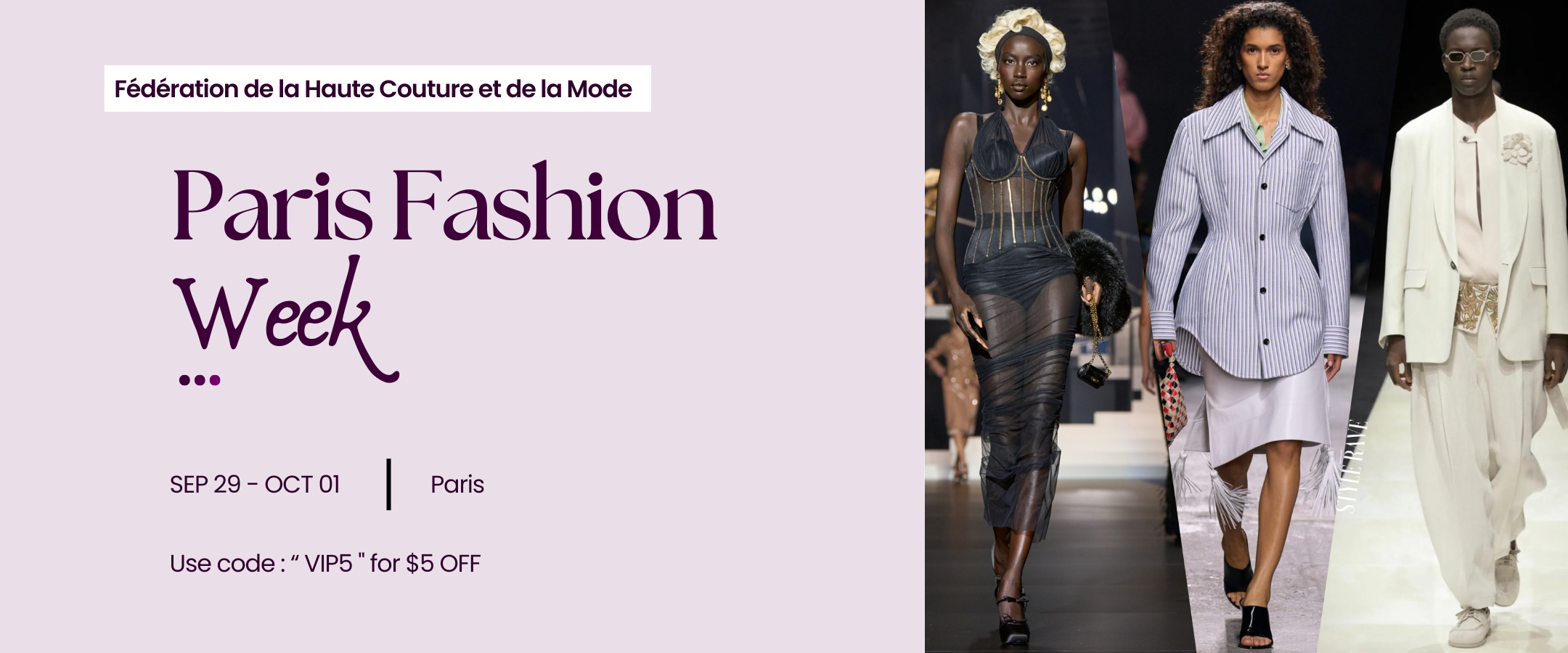After years of whispers and speculation, Apple’s long-anticipated AI smart glasses are reportedly targeting a late 2026 debut—poised not just to compete with Meta’s Ray-Bans but to surpass them entirely in both performance and prestige. With a product roadmap that fuses cutting-edge technology and Apple’s hallmark design ethos, this is less about chasing trends and more about establishing a new paradigm in wearable luxury.
Behind the sleek lenses lies a promise: not just smart glasses, but a deeply intelligent, AI-driven experience woven into the Apple ecosystem. Siri is expected to take center stage, evolving beyond its passive voice-assistant role into something more proactive—an intuitive guide for daily life, whispering updates about your schedule, navigating city streets, or translating foreign languages in real-time, all while syncing effortlessly with your iPhone and iCloud.
Bloomberg reports confirm that Apple’s wearables will house premium-grade microphones, internal speakers, and cameras—features that echo Meta’s approach but hint at Apple’s refined take on quality and functionality. Where Meta leans on social-sharing flair, Apple is likely to aim higher—offering rich media capture for professionals, creatives, and travelers who demand clarity without compromise. Expect superior camera optics, less distortion, and a fluid transition between digital and physical experiences.
Custom silicon chips—likely designed in-house—will deliver the AI muscle. These chips are expected to optimize on-device performance while preserving battery life, suggesting Apple has learned from the constraints of Meta’s Ray-Bans and Aria Gen 2.
But what truly sets Apple apart isn’t the hardware. It’s how the product will nest within the broader Apple universe. Notification handling, for instance, may finally feel intelligent, not intrusive. By integrating with iOS Focus modes and Do Not Disturb, the glasses could filter interruptions with surgical precision—delivering only what you need, when you need it.
Still, the elephant in the room remains: the price
Apple’s signature style and bleeding-edge innovation rarely come cheap. While Cupertino remains tight-lipped about cost, industry whispers suggest a steep price tag that may exceed current market expectations. But for Apple devotees, the value proposition lies in seamless integration and minimalist luxury—not affordability.
And yet, competition is heating up. Meta’s Aria Gen 2 features eye-tracking and deeper neural network integration, which Apple would do well to study. Still, Apple’s strength has never been being first—it’s been doing it better. If the company can deliver high-end AI with frictionless user experience, the cost might not be a barrier—it might be a badge of belonging.
As we edge closer to 2026, one thing is clear: the next evolution of wearables won’t just sit on your wrist. It’ll rest lightly on your face, guiding your world with a glance—and, if Apple has its way, do so with elegance.


